In the upcoming months, the US Federal Reserve is anticipated to begin reducing interest rates as inflation approaches its long-term objective of two percent.
The timing of the first of such cuts, however, is less certain.
At its next rate decision on Wednesday, the US central bank is almost expected to declare that it is maintaining its benchmark lending rate unchanged, but experts believe it may also provide some more indications that cuts are on the way.
Policymakers said they expect up to three quarter percentage-point rate decreases this year in economic estimates released along with the most recent Fed decision, though they did not specify when they may start.Fed Chair Jerome Powell stated during a news conference following the rate decision announcement that officials had even spoken about when it would be "appropriate" for the Fed to start lowering interest rates. However, Powell did not provide any further information.
There are now differences between traders and experts who anticipate the Fed's rate-setting committee will begin lowering interest rates in March and others who think it would be wiser to wait until later in the year.
In a recent investor note, Bank of America analysts stated, "If we are right on our outlook for a rate cut in March, it is likely because a majority of participants focus on more aggregated measures of inflation rather than specific components."
As for the March decrease, Wells Fargo chief economist Jay Bryson told AFP on Friday that while recent inflation data is keeping the possibility "live," he added, "I still think that's a little bit premature."
- Strong data -
"There may be some members who are willing to contemplate rate cuts as soon as March, I just don't think you can get a supermajority to agree to that," he told reporters.
The world's largest economy continues to exhibit surprising resilience, as seen by recent economic figures showing that growth in the US reached 2.5 percent in the year ending in December.
More positive news: the unemployment rate has lowered to near historic lows and the Fed's preferred inflation gauge has fallen below three percent, increasing hopes that the US can reduce inflation without inducing a recession.
Despite the Federal Reserve's duty to operate independently of the US Congress, officials from both parties will be keenly monitoring the Fed's impending actions.
This is because 2024 will be a presidential election year, and a rematch between President Joe Biden and President Donald Trump seems inevitable. Fed interest rate reductions can contribute to lower consumer credit costs, which will help millions of consumers afford everything from mortgages to autos.
Republicans are wagering that voters' discontent about previous inflation may force them to switch to their side, while the Biden administration hopes that rising consumer confidence in the economy would result in more votes for Democrats.
- How many cuts? -
Fed officials have used recent public remarks to indicate support for a more cautious approach to cutting interest rates than the financial markets were predicting immediately after December's rate decision.
At the time, traders were pricing in six 25 basis point interest rate cuts for 2024, with the first of them arriving in March.
San Francisco Fed president Mary Daly, who sits on the Fed's rate-setting committee, said earlier this month that she thought it was "premature" to think rate cuts were just around the corner.
"We are fully committed to restoring price stability and doing it of course as gently as we can, but we have a lot of work left to do," Daly told Fox Business.
"We are not there yet, and it's far too early to declare victory," she added.
"If we continue to see a further accumulation of downside surprises in the data, I can get comfortable enough to advocate normalization sooner than the third quarter," Atlanta Fed president Raphael Bostic said earlier this month.
This year, Bostic—who is also a voting member of the Fed's rate-setting committee—added, "But the evidence would need to be convincing."
According to an AFP analysis of CME Group data, futures traders now project at least five rate cuts this year, with a nearly 90% chance of a first drop by the May interest rate decision.
End//voice7news.tv



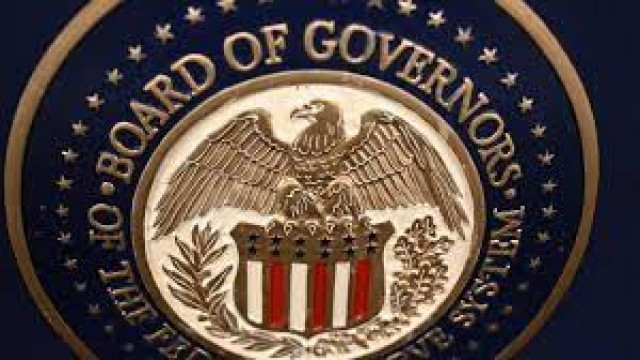

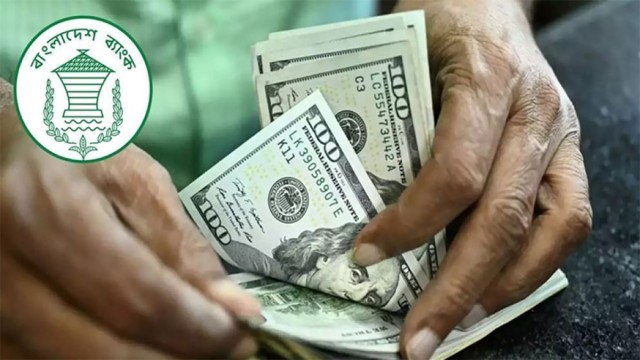
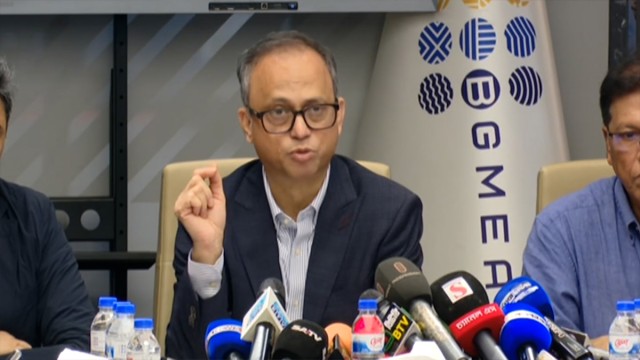

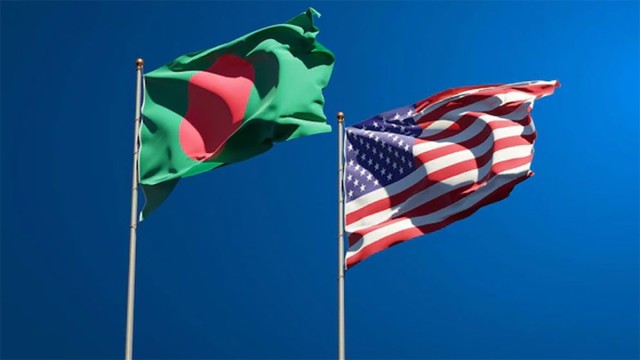




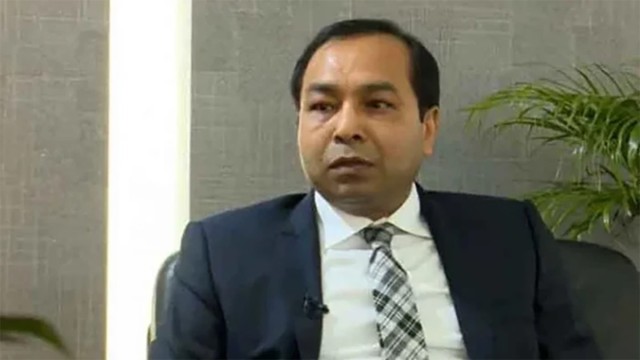
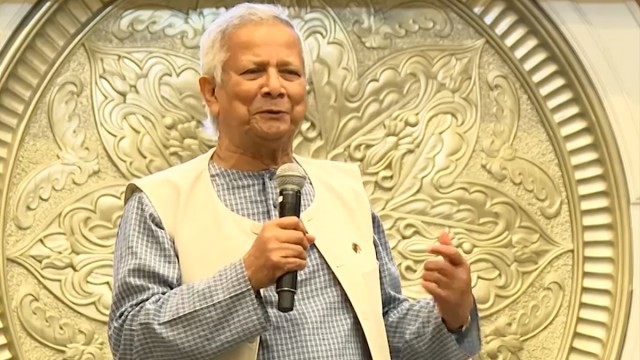



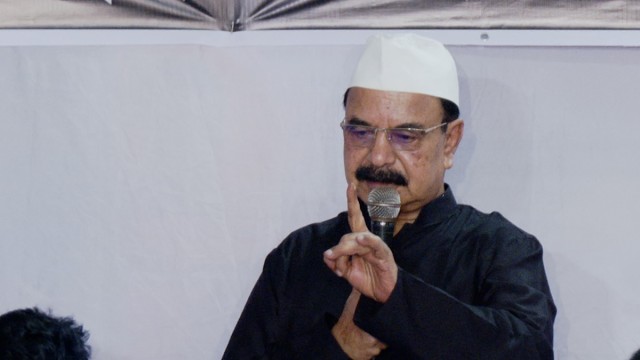












Comment: